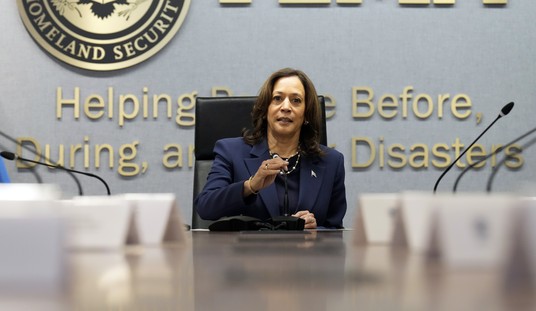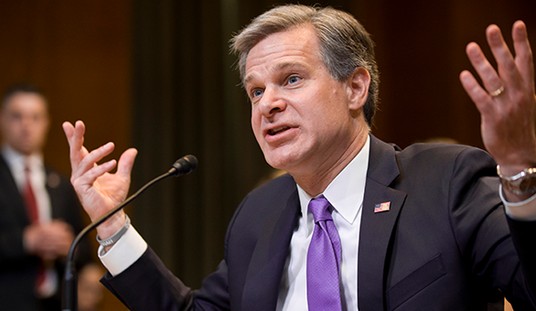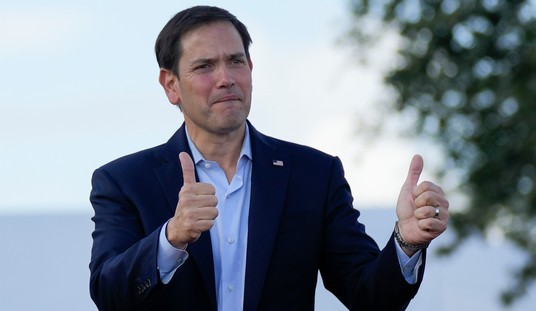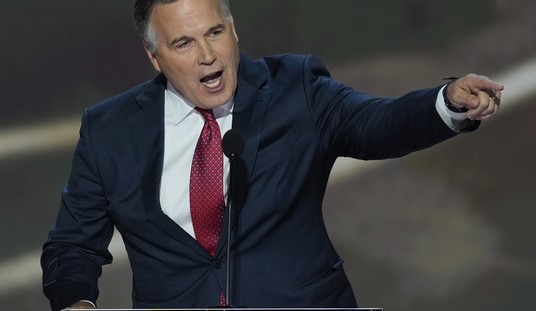Those who live in this nation's richest county and those who live its poorest have an important thing in common: a disproportionate dependence on government.
In the United States as a whole, according to Census Bureau estimates for the five-year period from 2008 through 2012, 14.9 percent of the people who had civilian jobs worked for government. Another 78.7 worked for private employers and 6.3 percent worked for themselves in their own unincorporated businesses.
In America's richest county, this pattern did not hold. Nor did it in the poorest.
At the end of last year, the Census Bureau released two lists: The 30 counties with the highest median household incomes in 2012 and the 30 with the lowest.
The independent City of Falls Church, Va., -- which the Census Bureau treats as a county -- was the nation's wealthiest. Its median household income was $121,250. Wilcox County, Ala., was the poorest. Its median household income was $22,126.
Both Falls Church and Wilcox County were small communities. Falls Church had 9,545 civilian residents 16 or older; Wilcox County had 9,152.
In both places, government employed people out of proportion to the national rate of 14.9 percent. In Falls Church, a suburb less than 10 miles south of Washington, D.C., 31.3 percent of the people with jobs worked for government. In Wilcox County, it was 25.4 percent.
Nationally, according to the Census Bureau, 4.9 percent of the people with jobs were employed in the "public administration" industry. In Wilcox County it was 10.8 percent (more than twice the national rate); and, in Falls Church, it was 20.3 percent (more than four times the national rate).
Recommended
But Falls Church and Wilcox County also have important differences.
In the United States, the Census Bureau estimated, 64.2 percent of the civilians 16 or older in 2008-2012 were in the labor force, meaning they either had a job or were actively seeking one. In Falls Church, it was 75.3 percent. In Wilcox County it was only 38.0 percent.
The Census Bureau estimated that 11.4 percent of Americans 16 or older got food stamps in 2008-2012. In Falls Church, it was 2.2 percent, but in Wilcox County it was 28.9 percent.
Falls Church and Wilcox County also differed in the educational attainment of their citizens. In Wilcox County, 28.8 percent of those 25 or older had not graduated from high school. In Falls Church, it was 3.7 percent. In Falls Church, 72.8 percent had a bachelor's degree or higher. In Wilcox County, it was 11.1 percent.
In Falls Church, 53.1 percent of households were married-couple families, and 7.8 percent were families headed by a woman with no husband present. In Wilcox County, 34.7 percent of the households were married-couple families and 30.5 percent were headed by a woman with no husband present.
Liberals have argued for years that the answer to poverty in the United States is more government investment in education and social welfare programs. Has it worked? The answer is yes for the people in the City of Falls Church (near the border of which this writer lives). They have done very well administering and contracting with an expanding government, or doing business with those who do. But the answer is no for Wilcox County.
What is the answer? Maybe it is time for the government to start getting out of the education business and the dependency business.
Give every child in Wilcox County -- and in every other American jurisdiction -- a voucher worth as much as it costs to send a child to public school. Let parents, if they wish, send their children to private and religious schools, where they reinforce, rather than seek to replace, the family.
Then start phasing out the federal welfare state.
Eventually, that might mean less wealth and power for government employees in places like Falls Church, Va., but it will make life richer and better not only for Americans in Wilcox County, but for future generations in every community in this country.

























Join the conversation as a VIP Member